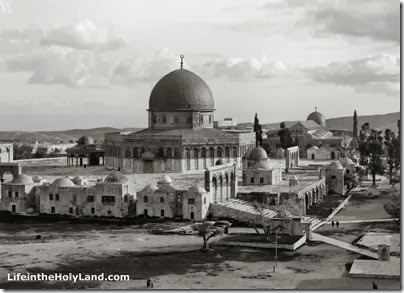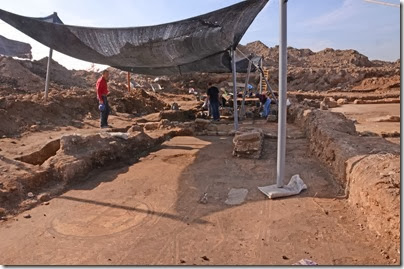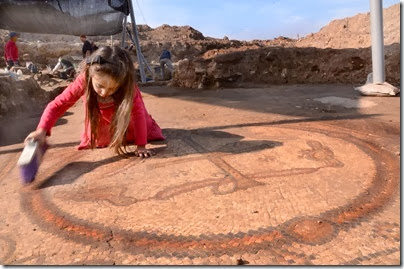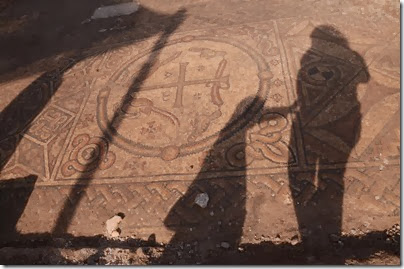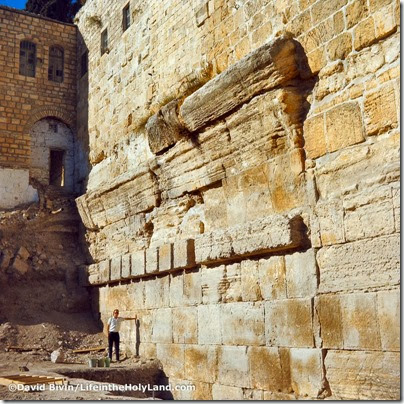In my estimation, perhaps the most interesting lecture series related to biblical archaeology is that held each year by the International Women’s Club at Tel Aviv University. They bring in outstanding lecturers who discuss topics of broad interest.
This year’s theme is “In the Eye of the Storm—‘Jerusalem in History and Archaeology Through the Ages.’” The schedule is as follows:
February 18: Dr. Gabriel Barkay, Jerusalem of Kings and Prophets
February 25: Prof. Avraham Faust, Jerusalem and Sennacherib: The City, before, during, and after the Assyrian Campaign of 701 BCE
March 4: Dr. Joe Uziel, Recent Excavations in Jerusalem and Their Importance for
Understanding the First Temple City
March 11: Dr. Stephen Gabriel Rosenberg, “The Hezekiah Tunnel.” How Was It Built and Why Was It Built?
March 18: Dr. Stephen Gabriel Rosenberg, The History and Archaeology of the Book of Esther
March 25: Dr. Guy Shtibel, “By Far the Most Famous City of the East” – Herod and Jerusalem
April 1: Dr. Guy Shtibel, The Eagle and the Flies – The Roman Siege of Jerusalem
April 8: Dr. Guy Shtibel, “Between Two Cities” – From Jerusalem to Aelia Capitolina
April 29: Dr. Yonatan Adler, Mikva’ot (Ritual Baths) in Late Hellenistic and Early Roman Jerusalem
May 13: Dr. Shlomit Weksler-Bdolah, Jerusalem (Aelia Capitolina) in the Roman Period: The Foundation of the Roman Colony and the Bar-Kokhba Revolt
May 20: Dr. Oren Gutfeld, From Aelia Capitolina to Hagia Polis Hierosalima: Changes in the Urban Layout of Jerusalem
June 10: Mr. Perez Reuven, The Umayyad Building Project on the Temple Mount and Its Environs
Individual lectures cost 50 NIS; the entire series is 400 NIS. The lectures will be held 9-11:30 am in the Gilman Building, Room 282, Tel Aviv University. A flyer with contact details is available here.
